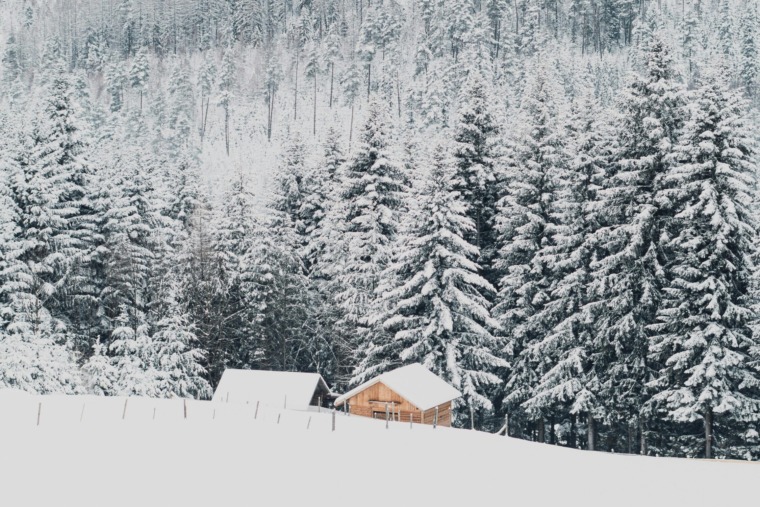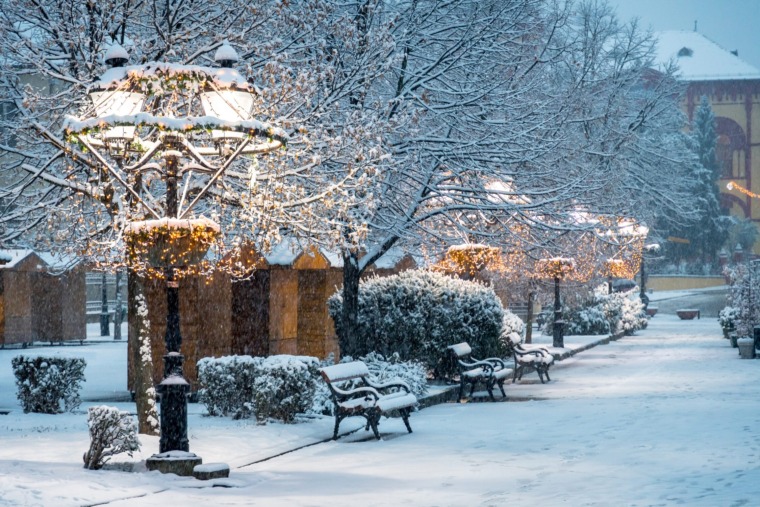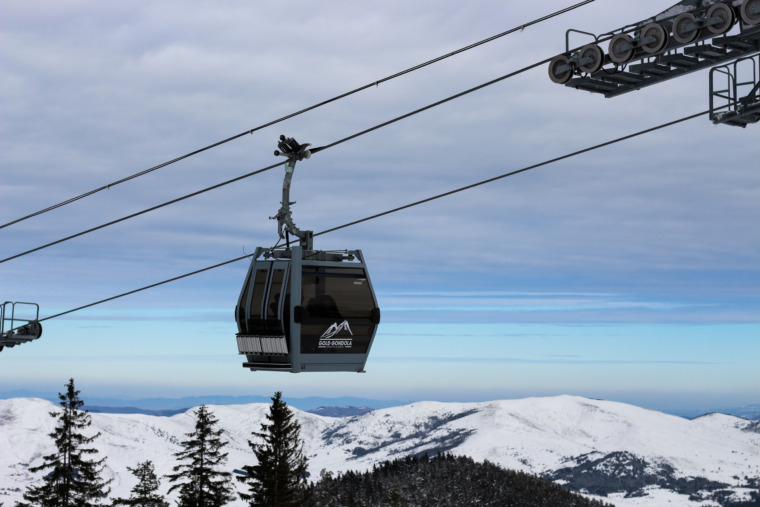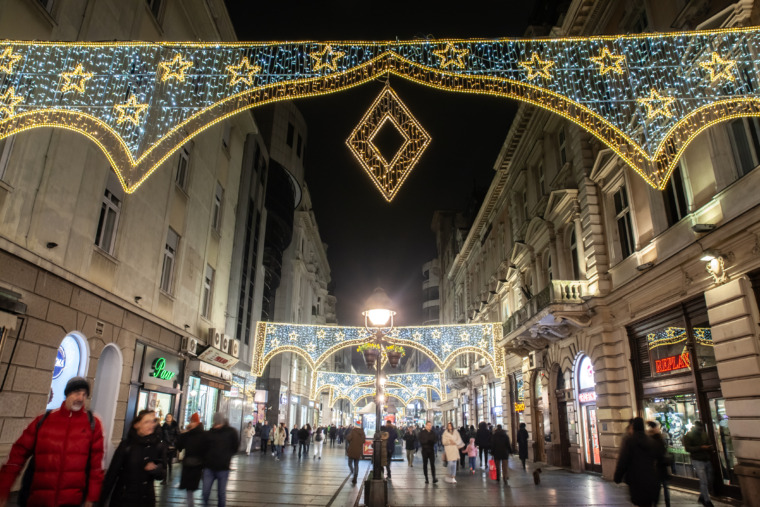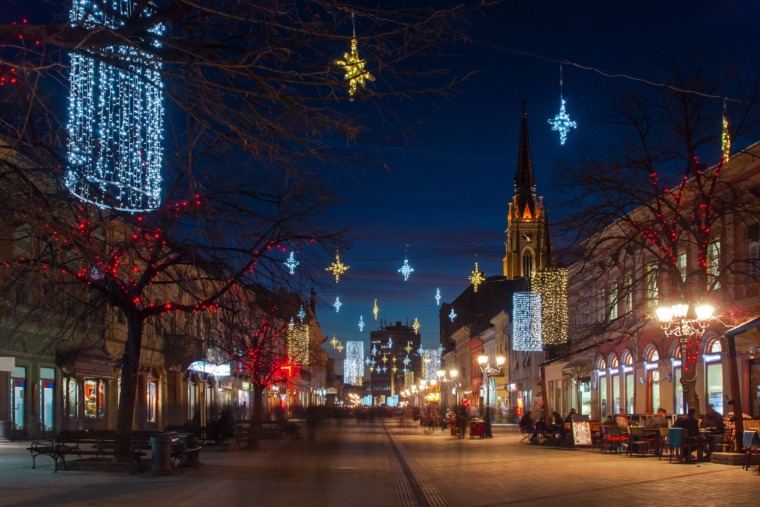
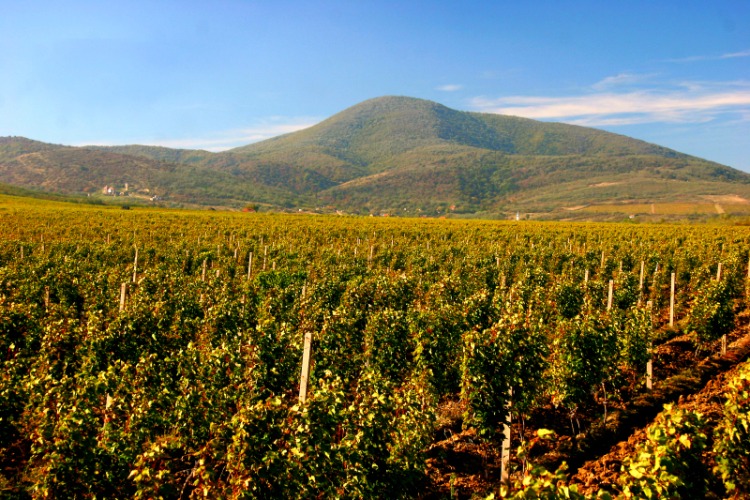
In the spot where the mountains of Vršac and the plains of Banat meet, lie the vineyards whose fragrant fruit and refined taste were recognized even by the ancient Romans. Since then the craftsmen from these regions have constantly worked on perfecting their winemaking. You’re wondering about the result? The result are the most tasty and refined Vršac wines of the highest quality, which you, of course, simply have to try!
“In vino veritas…”. We don’t know whether this latin proverb is true, but the thing we do know is that the wines from the Vršac vineyards are something truly special. Apart from the fact that the Vršac winemaking dates back to ancient times, the grapes from which these wines are made grow in the most beautiful natural surroundings that are hard to describe in words.
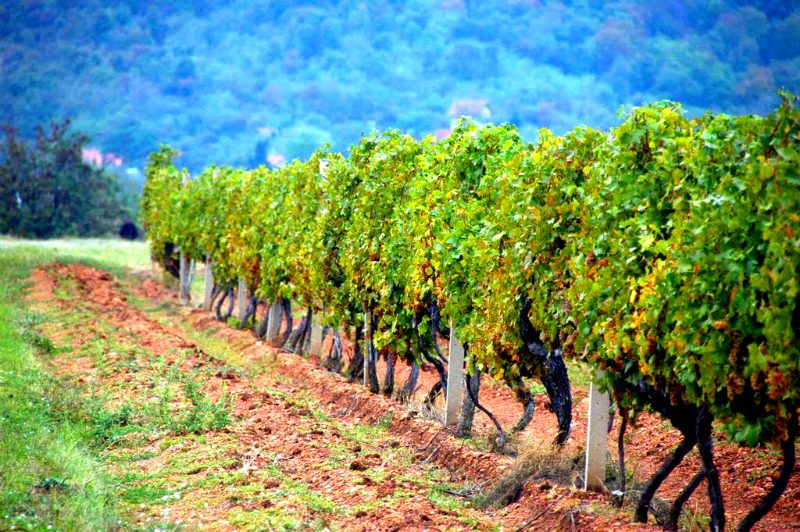
If you decide to go on the Wine Routes of Vršac, you’ll understand soon enough what we’re talking about. The combination of the calm plains of Banat and the lush greenery of the Vršac mountains is the main culprit for the authentic and refined taste of the wines from this region. Add to that the altitude of 90-250 m and the mild continental climate, and you get the ideal conditions for winemaking.

The geographical position and climate enabled the locals of almost every part of this region to engage in viticulture. There are about 700 varieties of wine in Serbia. From Palić in the north to Metohija in the south, 9 wine routes are marked, all of which have wine cellars with the most beautiful wines.
What’s really interesting is that the first written record about the wine from Vršac dates back to 1494. That’s when the court economist Budima bought a barrel of the Vršac wine for the Hungarian king Ladislaus for 10,5 golden forints. Time passed and the popularity of these wines only grew. So, in the 19th century the Vršac vineyards were considered one of the top vineyards in Europe.
Which wines from Vršac should you definately try?
This is perhaps the hardest question. Giving justice to the taste of the wines from Vršac is almost as hard as describing the beautiful surroundings in which the grapes, from which they are made, are grown. The thing this region is most famous for are the white wine grape varieties from which top-notch quality wines are produced.

The most prominent ones are the Italian riesling (over 50%), Rajna riesling, White Burgundy wine, Chardonnay, Muscat Ottonel, Traminer, Kreaca, Smederevka, Župljanka and the Šasla wine. Muscat of Hamburg and Franconia are the most grown red grape varieties. The pride of the Vršac vineyards is the autochthonous Kreaca wine which is recognised worldwide.
We also have to mention that significant amounts of this divine drink of Vršac are housed in a traditional manner – in wooden barrels. That gives the Vršac wines a recognisable and refined taste which is again a real treat for wine-lovers from across the globe.
What else should you see on the Vršac Wine Route?
Proof of centuries-old perfecting of making are numerous and authentic wine cellars which can still be found in this region. Wineries are also ideal places for wine tasting, hearing interesting stories about how they are made and sightseeing of the unique places in which they’re kept.

Apart from visiting the many wineries, don’t miss the opportunity to get to know the beauty of the nature of the Vršac mountains and their surroundings. And let’s not forget the famous manifestation held in honour of grapes, wine and winemakers called “Dani berbe grožđa” (“Grape Ball”), which traditionally takes place in Vršac each September.

Interesting facts about the Vršac wines:
- A grapevine is an integral part of the city coat of arms of Vršac since 1804.
- During the 19th century these vineyards were the biggest in the Kingdom of Hungary, and according to some data the biggest in Europe. They spread across 10,000 ha.
- In 1875 a record harvest took place and 56 million litres of wine were produced. The agriculture was completely focused on winemaking so that year the people of Vršac had to import wheat to sustain themselves.
- The top-notch quality grapes are still hand picked. In the height of the season from 800 to 1200 seasonal workers are hired. That only speaks of the size of these plantations.
- The plantations are located around the Vršac mountains so the grapes can be quickly brought to the manufacturing facilities thus staying fresh.
What else can we tell you but – pack your bags and head straight for Vršac! And “cheers”!
Related Articles

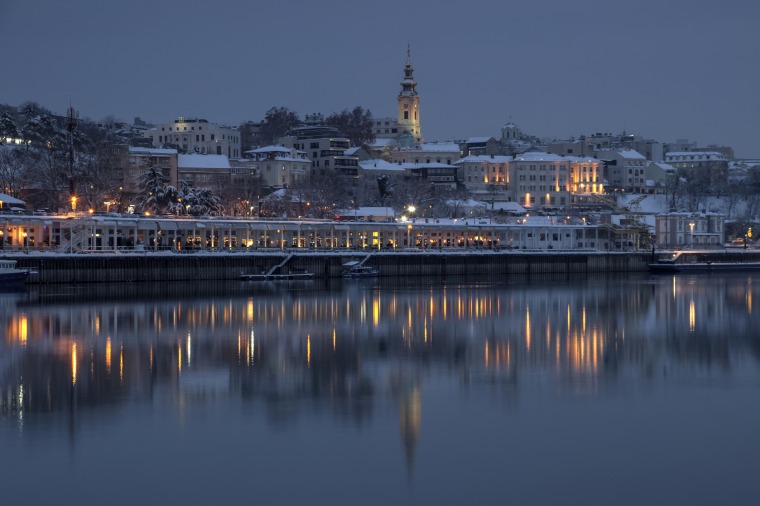
Belgrade in December: A City of Lights, Warmth, and Holiday Magic
December 5, 2025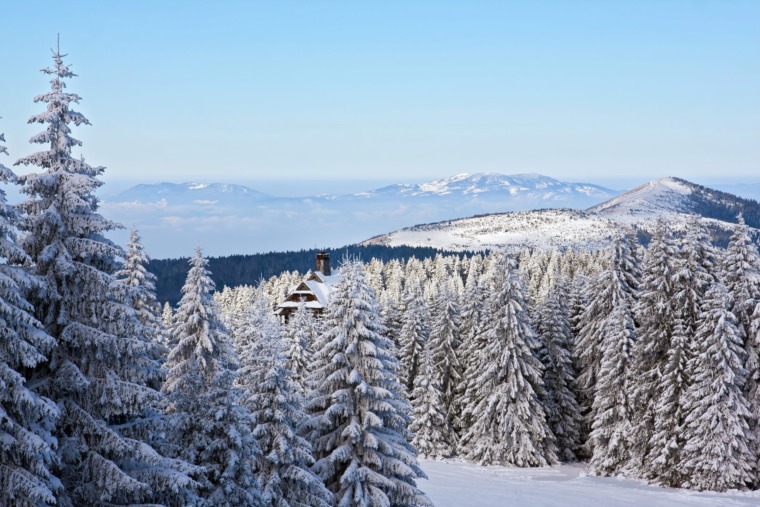
Kopaonik in December: Serbia’s Top Winter Destination
December 4, 2025